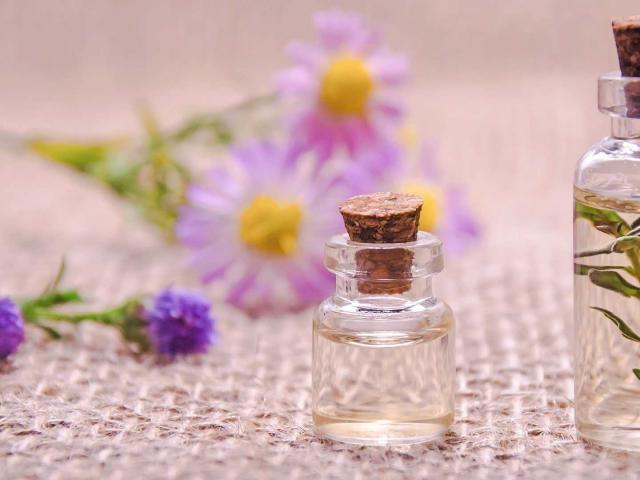Visit historic perfumeries
Above Nice, in Èze, you will find the famous Maisons Galimard and Fragonard which are among the oldest perfumeries on the Côte d’Azur and in France. Discover their fascinating history on guided tours which will reveal the manufacturing secrets of these two great names in perfumery. Both at Galimard and at Fragonard, you will be able to visit the factory-lab where the enfleurage takes place, a process which consists of extracting the perfume from flowers, and where the fragrances and other cosmetic products are developed. In Saint-Paul-de-Vence, head for Maison Godet, where Sonia Godet continues the family tradition of perfumery. And, for the record, it seems that Henri Matisse’s, Henriette Darricarrère, used to perfume herself with one of the oldest Maison Godet creations, Folie Bleue.
 Visite Usine Musee Fragonard Grasse Alpes Maritimes Cluparini
Visite Usine Musee Fragonard Grasse Alpes Maritimes Cluparini
















